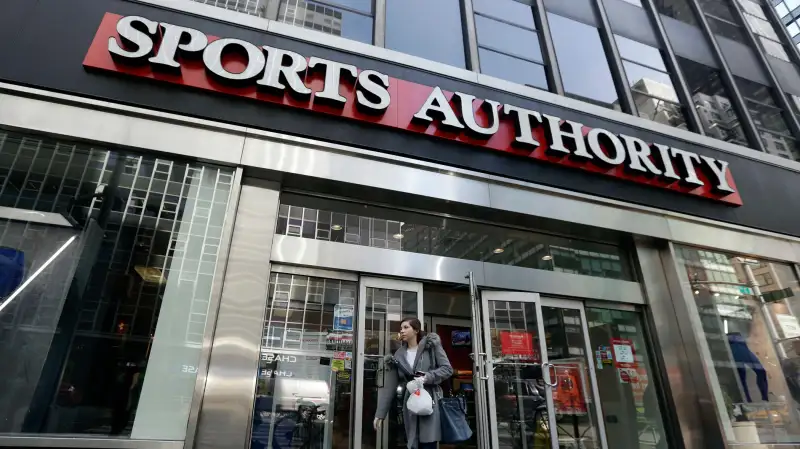Why Prices at Going-Out-of-Business Sales Can Be Rip-Offs

The bankruptcy of Sports Authority has sent shockwaves through the sporting-goods sector of the retail industry. To fitness-minded shoppers on the hunt for bargains, however, the closure of 140 Sports Authority stores could be welcomed as good news, in the form sporting goods and gear at fire-sale prices.
Unfortunately, retail sales experts say it's unlikely that the deals will be all that great. Store-closing sales don’t always represent the best values on any particular item, and if previous chains’ wind-downs are any indication, prices could even rise on some items.
For instance, when Borders announced it was shutting its doors in 2011, the savings site DealNews.com did a bunch of price spot checks, then circled back later once the “sale” prices had kicked in.
It found that prices on 19 out of 25 items it checked actually went up, and the “big sales” advertised were sometimes as little as 20% off. What's more, prices continued to increase as the supposed sale period continued. Amazingly, the bankruptcy meant that Borders wasn’t accepting its usual coupons, which had helped keep prices on par with competitors.
This wasn’t a one-time fluke; in fact, in the world of retail bankruptcies, it seems to be par for the course. "Good Morning America" conducted an investigation into going-out-of-business sales held by Circuit City and Linens ‘n Things, and found that it was common practice for liquidators to mark items back up to “regular” prices, then extend a smaller discount than what the items had been selling at before.
The obvious takeaway is to never assume that liquidation or going-out-of-business sales always feature good prices. Shoppers should still comparison-shop competitors’ prices, and not take pre-markdown prices at face value. “Double-check price tags to see if they have been tampered with,” said Edgar Dworsky, founder of ConsumerWorld.org.
"Contrary to popular belief, liquidation sales aren't a great deal for the consumer," NPD Group retail analyst Stephen Baker told GMA. Store closing sales are often run by outside liquidation firms, and their goal is to earn as much as possible. If they don't have to resort to fire-sale price slashing to get rid of merchandise, they won't. "The liquidator is there to make money," Baker said.
Generally speaking, liquidators initially mark most merchandise down by a small amount, maybe as little as 10%, Dworsky said. “The smaller percent-off number is probably the one applicable to most items, so don't be lured by the big print claim that says ‘as much as 30% off,’” he warned. Liquidators sometimes also bring in other merchandise they have on hand (such as leftovers from a previous sale, for instance) and throw it into the mix to try and unload it on bargain-seeking shoppers, Dworsky said.
“As the weeks go by, the discount goes up, but the selection goes down,” he added, so savvy shoppers will have to strike a balance. Another caveat is that liquidation sales are generally final-sale, so you can’t bring back an item if it’s defective or doesn’t fit.
Since Sports Authority isn’t liquidating and closing all of its locations, DealNews features editor Benjamin Glaser noted that some items are likely to be shipped to other stores rather than marked down.
“We'll have to wait and see if prices get cut further,” he said. “DealNews has listed only a few best price deals from them recently, with no clear patterns.”
In the case of the Sports Authority, savings experts say it’s possible that the best deals might still be the ones offered by competitors.

